Why a forest network?
The Mediterranean: its location, topography, climate and civilizations
have combined to shape a unique and exceptional heritage.
Nowhere is this exemplified more than in the variety and wealth of Mediterranean forests, woodlands and scrublands—a delicate mosaic of high ecological, cultural and economic value. Today, though, these landscapes are facing major global threats, including climate change, rural abandonment, forest clearing and agricultural intensification.
Medforval was created to address this situation,
to contribute to the integrity and resilience of Mediterranean forest landscapes.
Launched in 2015 and funded by the MAVA Foundation, it is a network bringing together forest landscape sites of high conservation value in the Mediterranean. Its members are a community of practitioners and scientists representing selected sites across the region, and contributing to the integrity and resilience of the Mediterranean forest landscapes.
Medforval vision and mission
Our vision
is the continuation of forest landscapes of high ecological value throughout the Mediterranean, which are resilient,
able to adapt to climate change and within which
human activities are in harmony with nature.
Our mission
is to protect, manage and restore these forest landscapes
in the face of major global changes.
Medforval objectives
Medforval members work together to improve the management and conservation of forest landscape sites.
We develop and share good practices and organize training courses for practitioners and policy makers.
We contribute to political debate when this has, or may have, implications for Mediterranean forest landscapes and ecosystems.
And, importantly, we raise public awareness and encourage a change in people’s behaviour towards more sustainable use of forest resources.
High ecological value
The Medforval Network focus on forests with high ecological value (HEV), defining them through three inter-related attributes,
all contributing to resilience and adaptability to climate change.
In Mediterranean forests with high ecological values one can find:
Biological diversity
co-existence and/or wealth of plants, animals and fungi, as well as different habitat types—rare, endemic and threatened.
Ecosystem functioning
Maturity
A more articulated, working definition of high ecological value applied to forest areas can be found here in English and here in French.
It was developed at the expert workshop and is to be considered a basis for reflection.
With Network members shifting from forests to forest landscapes, HEV is the condition towards which the member sites have to aim.
Here is a synthesis of our strategy
The Medforval network is coordinated by Istituto Oikos, a no-profit organisation
dedicated to conserving biodiversity and promoting sustainable development.
This effort continues the work initiated by AIFM (Association Internationale Forêts Méditerranéennes, Marseille, France) between 2015 and 2018.
The primary focus of the current Medforval phase (2019-2025) is to strengthen cooperation
for project development and to formulate a new 10-year Medforval strategy for 2025-2035.
Brief history of the Network
In September 2014 a workshop involving forest experts from around the Mediterranean
took place to lay the foundation for a new Network
Three major needs were identified:
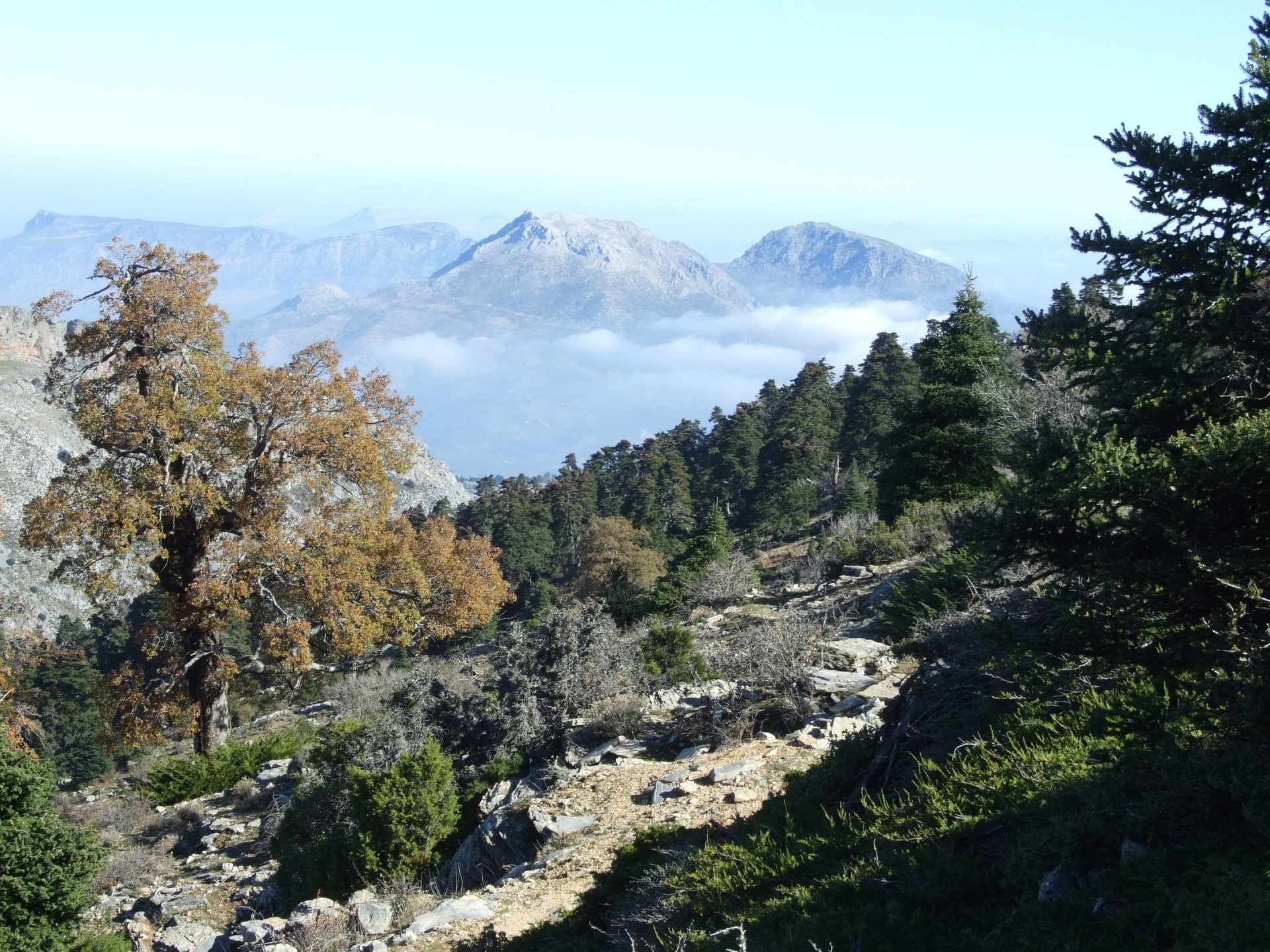

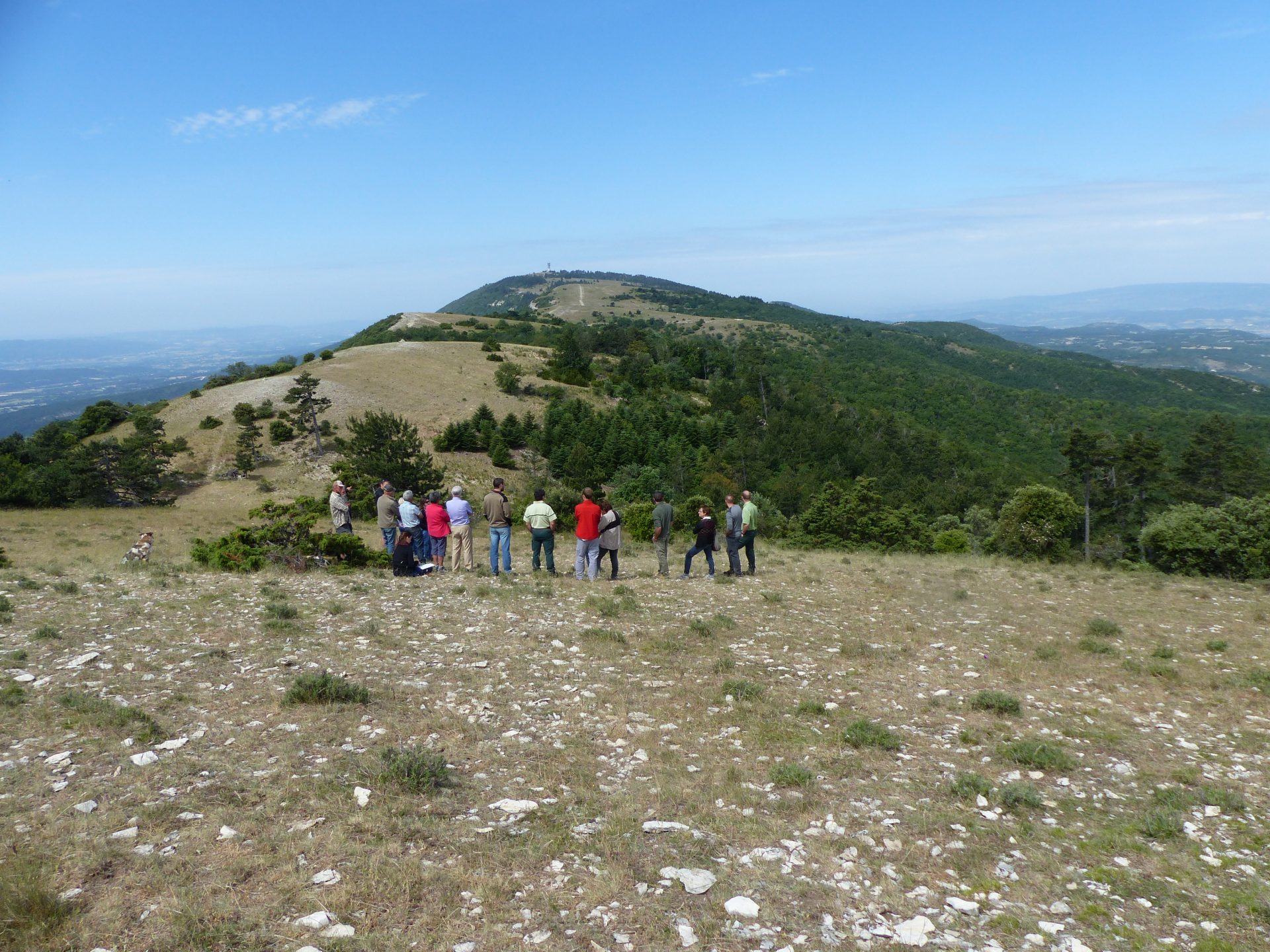
The resulting network of forest sites—the Medforval Network—was launched in March 2015.
During the first phase, coordinated by AIFM, Medforval started sharing good practices through annual workshops and exchange visits, and assigned small grants to member sites to implement local activities and develop project proposals.
The Network contributed to forest policies, liaised with other forest-related entities and programmes, and participated in international symposia.
Istituto Oikos, Medforval’s Interim Secretariat since 1 May 2019, has moved the Network ahead with this work. In the current phase—Relaunching Medforval—Istituto Oikos will oversee partnerships and the exchange of good practices within the Network, and facilitate opportunities for learning among Medforval members. The sustainability of the Network will be strengthened through the creation of alliances with other initiatives.
The Medforval Annual Meeting 2024 took place in the Aterno Valley Model Forest, Italy, on 5-7 June 2024.
This event brought together 25 practitioners from nine Mediterranean countries as part of the “ASMed – From the Apennines to the Shouf” project, funded by the Italian Agency for Development Cooperation (AICS). The focus was on fostering collaboration and exchanging knowledge to improve conservation practices in the Mediterranean region. Discussions emphasized participatory models in sustainable land management. The meeting included an outdoor lab visit and expert-led sessions on forest ecosystem restoration and ecosystem services. A highlight was the presentation of the StrategyMedFor project by Istituto Oikos and CIHEAM-MAICh, aimed at developing a Strategy for Sustainable Management of Mediterranean Forests (SSMMF).
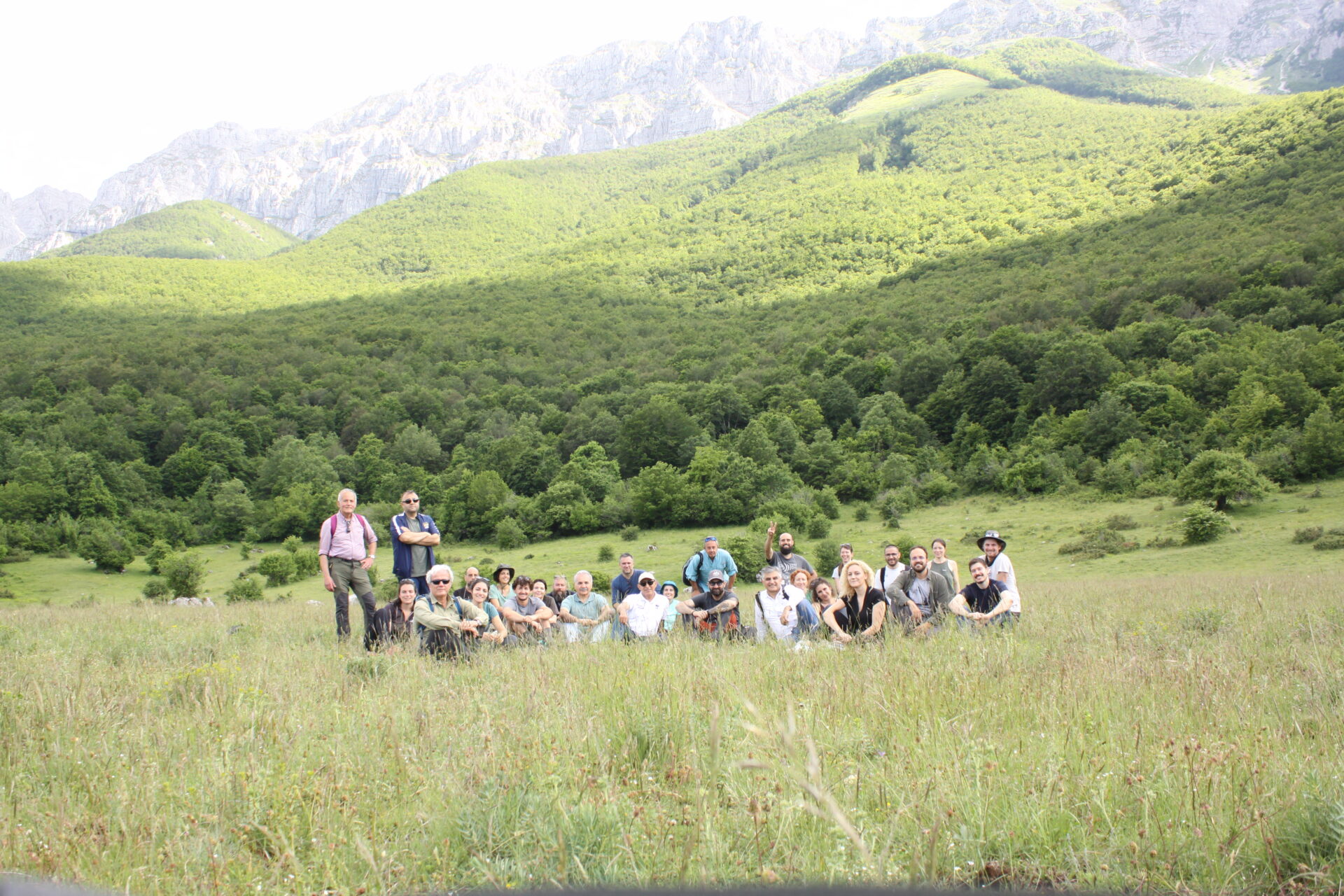
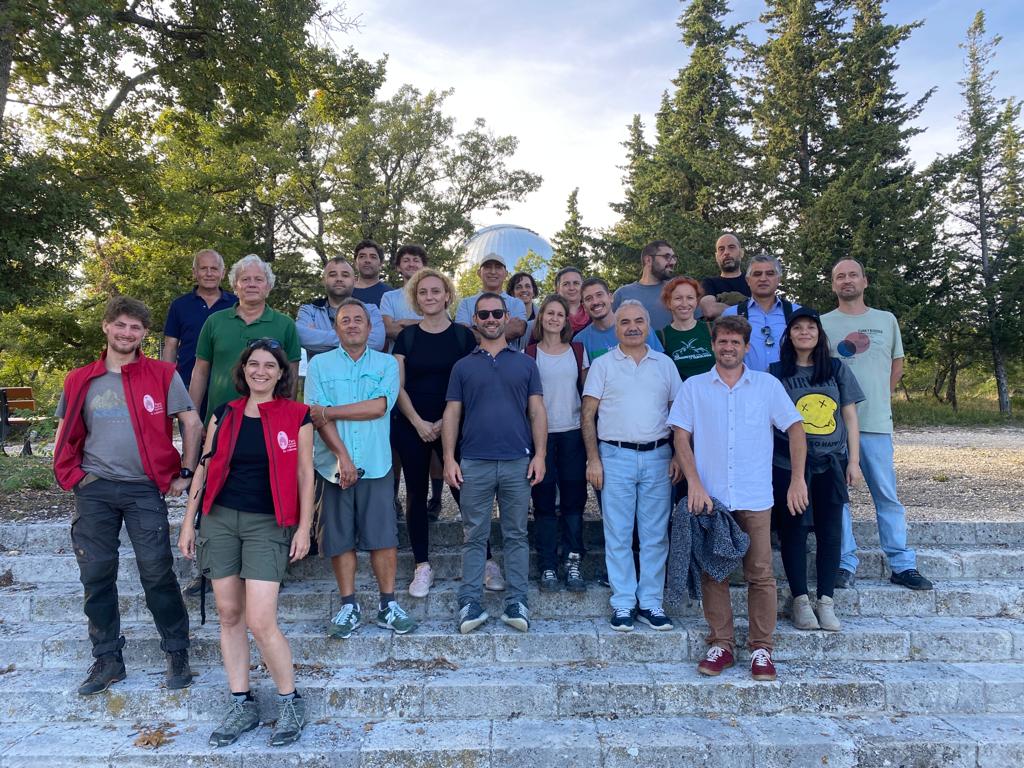
The Medforval Annual Meeting 2023 took place in Luberon Natural Regional Park, France, on 2-5 October.
The workshop of the MediterRE3 project convened partners and members of the Medforval network to disseminate project outputs and address challenges in implementing Fire-Smart Landscapes (FSL) measures. Innovative approaches to identifying and managing fire-risk areas were discussed and field visits provided firsthand experience in fire dynamics, restoration operations, and climate change adaptation experiments.
Discussion on the main challenges and barriers led members to the consciousness that common challenges require a global perspective. In this context the importance of the cross-countries collaboration facilitated by networks as Medforval is clear.
During the Network meeting in Milan, Italy, in 2019, members decided to shift the Network’s focus from forests to forest landscapes,
recognizing that forests are often interspersed with other habitat types in an integrated and mutually supportive system. Forests, wetlands, agricultural lands, pasture and riparian habitats coexist and nurture each other. This reflects the situation in most member sites, as well as the current international debate, which concentrates on landscapes, especially mosaic landscapes. Forests, however, remain our core interest.
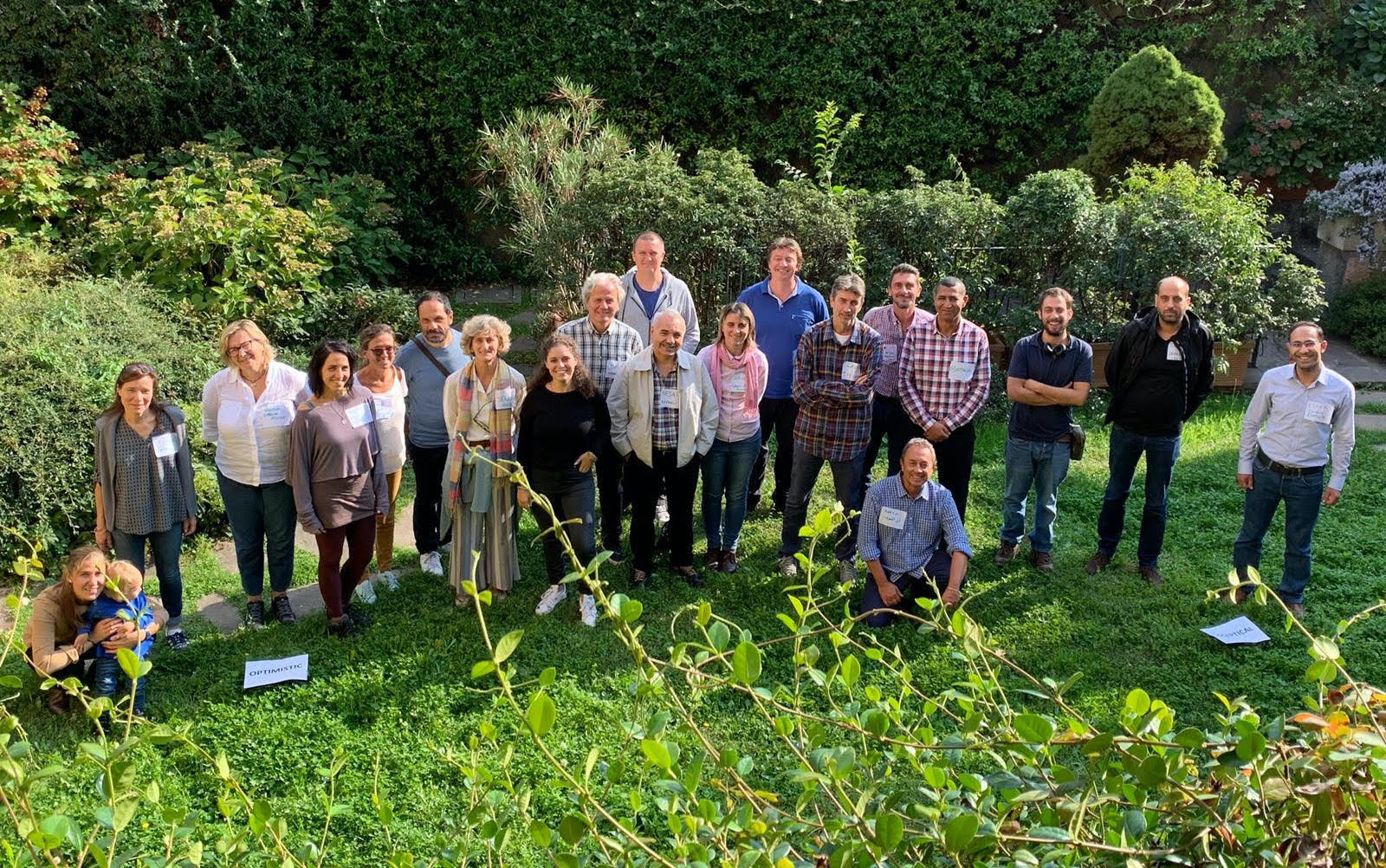
Current Network members
The Medforval Network currently includes 15 sites from 9 countries bordering the Mediterranean Sea:
Aterno Valley (Italy), Cratere degli Astroni (Italy), Ermenek-Konya (Turkey), Guadiana (Portugal), Jabal Moussa (Lebanon) Jordan EcoPark (Jordan), Köprülü (Turkey), La Massane (France), Luberon-Lure (France), Prespa (Greece), Prokletije (Montenegro), Samaria (Greece),
Shouf Biosphere Reserve (Lebanon), Talassemtane (Morocco), Ticino Valley (Italy).
| Title | Address | Description |
|---|---|---|
Guadiana | Unnamed Road, 7750 Mértola, Portogallo | Along the river Guadiana in Southern Portugal, this area of 72,000 ha is a freshwater forest with over 600 plant species, a corridor for mammals and amphibians, and a shelter for birds’ migration.
|
La Massane | Unnamed Road, 66700 Sorède, Francia | A mountain mixed deciduous forest of 336 ha and a river corridor, La Massane is home to more than 8,000 species, including 972 species of plants. This unmanaged beech-dominated forest is one of the oldest old-growth forests in the Mediterranean basin. |
Luberon-Lure | 84400 Apt, Francia | 245,000 ha of mountain mixed deciduous forests with diverse types of natural habitats in southeastern France. It is both a Regional Nature Park and a Biosphere Reserve. |
Ticino Valley | Parco del Ticino, Via Isonzo, 1, 20013 Magenta MI, Italia | A key freshwater ecological corridor between the Alps and the Apennines, it is home to the most extensive remaining fragments of forest in the Padan Plain in Italy - an intensively urbanised area. The Ticino Valley is home to over 3,250 animal species and 1,000 plant species. |
Prokletije | Prokletije, Albania | A National Park in southeastern Montenegro, at the border with Albania and Kosovo, characterised by deciduous oak forests, endemic pines, old-growth and primeval forests. |
Prespa National Park | Unnamed Road, Prespes 530 77, Grecia | High mountain conifer forests and other forest habitat types in the transboundary area of Prespa Lakes in northwestern Greece, bordering Albania and North Macedonia. |
Samaria | Sfakia 730 11, Grecia | Lowland dry evergreen forest in western Crete, Greece. With its 17 terrestrial habitat types, this National Park is a true mosaic of different ecological systems including deep gorges and imposing vertical rocks forming narrow openings. |
Köprülü | Bozyaka, Köprülü Canyon, 07550 Manavgat/Antalya, Turchia | 736 ha of natural forest, 1/3 of which is pure cypress, in southwestern Turkey, close to Antalya. Rich in flora and fauna, ecotourism initiatives are promoted here. |
Ermenek-Konya | Güllük, Sümbül Sk. No:21, 70400 Ermenek/Karaman, Turchia | 90,000 ha of high mountain conifer forests with over 300 endemic plant species in the South of Turkey, managed by the Department of Forestry. |
Shouf Biosphere Reserve | Saida - Jezzine Rd, Libano | It is the largest Mediterranean protected ecosystem in the Middle East. This land of 50,000 ha is home to 32 species of mammals, 275 species of birds and more than 1,000 species of plants, and hosts the most ancient cedar trees in Lebanon. |
Talassemtane | parco nazionale di Talassemtane, Marocco | A National Park in the Rif region of northern Morocco, it is characterised by high mountain conifer forests, with about 10 different species of conifers, as well as 6 deciduous evergreen oak species. It hosts some of the richest flora in the country with many endemic plant and animal species. |
Cratere degli Astroni | Riserva Naturale Cratere degli Astroni, Via Agnano Agli Astroni, 468, 80125 Napoli NA, Italia | A Natural Reserve, Natura 2000 site and Special Protection Area managed by WWF Oasi; 250 ha of Mediterranean forests including an inactive volcanic crater and three small lakes in the Campania Region of Italy. |
Aterno Valley Model Forest | 67020 Fontecchio AQ, Italia | A forest and farmland “mosaic landscape" and river valley located in the Province of L'Aquila, in the Abruzzo Region of Italy. Partially included in the Sirente-Velino Regional Natural Park, the Aterno Valley is characterised by mountain mixed deciduous forests and is a Model Forest. |
Jordan EcoPark | Sharhabil Bin Hassneh EcoPark (SHE Park), 32.52471, 35.62068, Pella/طبقة فحل, Giordania | The Jordan EcoPark is located in Jordan, in the Northern part of the Jordan Valley. It covers an area of 2,700 ha and it is full of diverse Mediterranean bushland types. |
Jabal Moussa | 3Q4J+P3 Mchati, Libano |
|
Previously, member sites were clustered according to four forest types, based on a simplified version of the Mediterranean altitudinal bioclimatic types: High Mountain Conifer Forests, Mountain Mixed Deciduous Forests, Lowland Dry Evergreen Forests, Freshwater Forests.
In 2019 Medforval revised the way in which sites are grouped in favour of a more fluid network where exchanges are based on the similarity of sites’ interests rather than the similarity of forest type.
Each site is represented by one or more individuals from the site’s management authority, the local or national government, an education or research centre, or a civil society organization.